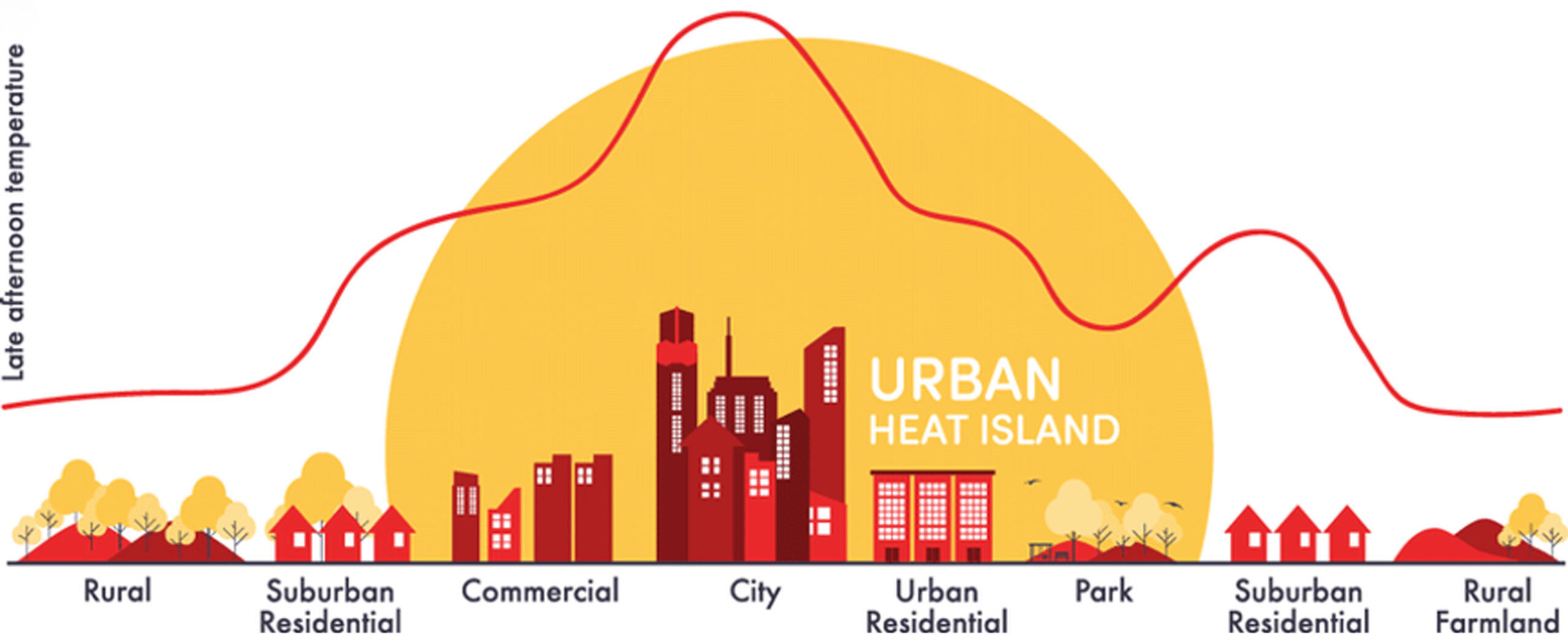Designing Health: How Landscape Architecture Shapes Individual and Public Health
Imagine walking through your neighborhood and finding a vibrant park where an empty lot once stood. Children play on equipment made from sustainable materials while seniors chat on shaded benches nearby. This transformation isn’t just about aesthetics — it’s a deliberate intervention to improve community health. This is the power of landscape architecture: designing spaces that actively promote wellbeing by addressing the environmental factors that influence our health.
Social determinants of health (SDOH) are non-medical factors that significantly impact health outcomes. They encompass the conditions in which people are born, grow, live, work, and age. These conditions include socioeconomic status, education, employment, housing, access to healthcare, and the physical environment. Understanding and addressing SDOH is crucial for improving health equity and achieving better health outcomes for all.
Two very important factors in the quality and quantity of life are:
Neighborhood and Physical Environment: Safe and healthy neighborhoods with access to green spaces, parks, and public transportation contribute to physical activity and overall well-being.
Environmental Quality: Safe drinking water, clean air, and toxin-free environments are vital for public health.
Landscape Architecture: A Catalyst for Healthier Communities
Landscape architecture is pivotal in designing environments that promote health and well-being. By thoughtfully integrating natural elements into urban settings, landscape architects create spaces encouraging physical activity, reducing stress, and fostering social connections. These designs are not merely aesthetic but often strategic interventions to improve public health.
For instance, incorporating green spaces in urban planning has been linked to increased physical activity, essential for preventing chronic diseases like obesity, diabetes, and heart disease. Parks with amenities such as walking trails, playgrounds, and sports fields provide opportunities for exercise and recreation. Research indicates that proximity to green spaces increases physical activity levels, contributing to better overall health.
Mental Health Benefits of Green Spaces
Exposure to natural environments has been shown to reduce stress, anxiety, and depression. Even brief interactions with nature, such as walking in a park or listening to birdsong, can improve mood and cognitive function. A study by King’s College London found that living near green spaces can lower the risk of depression by around 20%, independent of socioeconomic status.
These mental health benefits are crucial, especially in urban settings where stress levels are often higher. Green spaces offer a respite from the hustle and bustle, providing a calming environment that supports psychological well-being.
Source: The Guardian
Urban Heat Islands and Temperature
According to HEAT.gov, “cities’ unshaded roads and buildings gain heat during the day and radiate that heat into the surrounding air. As a result, highly developed urban areas can experience mid-afternoon temperatures that are 15°F to 20°F warmer than surrounding, vegetated areas.”
Areas with less tree cover experience higher temperatures, exacerbating health risks for vulnerable populations, such as those with chronic illnesses (especially heart disease, respiratory problems, and kidney disease), the elderly, the very young, unhoused people, those who work outside, and anyone without air conditioning. It’s not surprising, then, that limited access to quality greenspace is linked to higher rates of obesity, stress, and other health issues among residents in under-resourced neighborhoods.

Source: HEAT.gov
Illustration courtesy of the World Meteorological Organization
Social Cohesion and Community Engagement
Parks and green spaces serve as communal areas where people can gather, interact, and build relationships. This social interaction fosters a sense of belonging and community cohesion, which are essential for mental and emotional health. Communities with strong social ties often experience lower crime rates and better health outcomes.
Furthermore, green spaces can be venues for community events, cultural activities, and educational programs, all of which enhance social capital and community engagement.
Source: World Health Organization
Addressing Health Disparities Through Equitable Design
Unfortunately, access to quality green spaces is not equitable. Marginalized communities often have limited access to parks and recreational areas, contributing to health disparities. For example, in New Orleans, predominantly white neighborhoods have access to 140% more park space compared to other racial and ethnic groups.
In St. Louis City, residents in low-income neighborhoods have access to 15% less park space per person than the city average and 35% less than those in high-income areas.
Addressing these disparities requires intentional planning and investment. Strategies include developing parks in underserved areas, ensuring safe and accessible pathways to existing green spaces, and involving community members in the planning process to ensure that the spaces meet their needs.
Source: Axios
Policy Implications and Future Directions
Recognizing the health benefits of green spaces, policymakers and urban planners are increasingly integrating nature into public health strategies. This includes incorporating green spaces into urban design, investing in park maintenance and safety, and creating programs that encourage community use of these areas.
For instance, the Trust for Public Land advocates for ensuring that everyone in the U.S. has access to a quality park within a 10-minute walk from home. Such initiatives aim to make nature’s health benefits more accessible to all, regardless of socioeconomic status.
Source: Trust for Public Land
Conclusion
Landscape architecture is a powerful yet often underutilized tool in promoting public health. Access to green spaces positively influences physical and mental well-being, fosters social connections, and can help address persistent health disparities. However, green space design must be integrated into a broader sustainable urban development framework to realize these benefits fully.
Urban planning should prioritize interconnected green infrastructure, multi-modal transportation, and mixed-use development that supports a variety of housing types, services, and public amenities. These environments encourage walking, cycling, and public transit, reducing pollution and increasing daily physical activity. Sustainable site planning and construction practices should balance built and natural systems while protecting cultural, historical, and environmental resources.
To build healthier, more resilient communities, policymakers, developers, and planners must collaborate, leveraging both public and private partnerships, to create cities where nature is accessible, mobility is flexible, and every resident has the opportunity to thrive.
